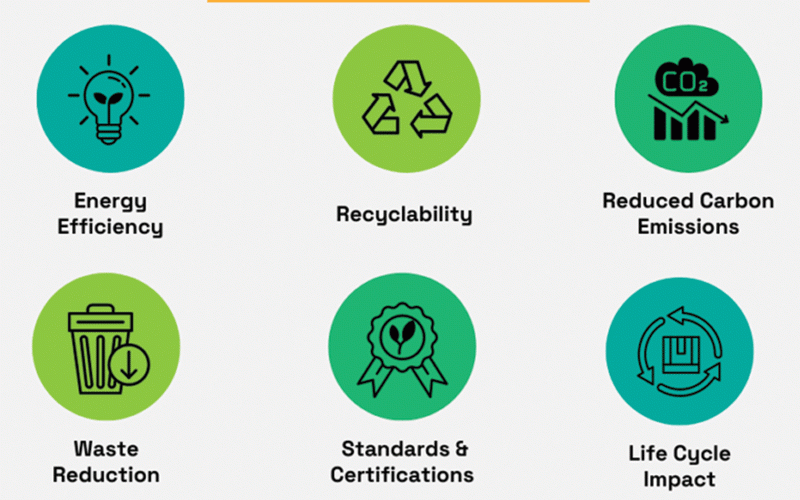
When it comes to cross-border movement of goods, many have likely come across the name Swift, though few may know where this operational brand is anchored.
Swift Transport, Bulwark Transport, and Skynet Worldwide Express all operate under the corporate umbrella of Unifreight Africa Limited (UAL). Established in 1946 and listed on the Zimbabwe Stock Exchange, UAL is a leading player in Zimbabwe’s road freight and logistics sector.
Swift Transport specialises in consolidated road freight and nationwide distribution. Bulwark Transport offers customised and dedicated fleet solutions.
Skynet Worldwide Express provides international and domestic courier services, including air freight.
UAL’s extensive network includes 35 depots across Zimbabwe and six engineering workshops positioned at key depots.
This model ensures that trucks are never more than three hours away from technical assistance. The company guarantees delivery to all major cities within 24 hours and to smaller towns within 48 hours.
Despite this robust infrastructure, UAL’s financial performance weakened in 2024. For the year ended December 31, revenue fell by 29%, from over ZiG1 billion to approximately ZiG 744 million. Profitability also came under pressure, with EBITDA margins declining from 60% to 35%, and overall profit margins dropping from 70% to 46% compared to 2023.
Interestingly, this downturn occurred during a period of expansion. In 2024, UAL established a new 4PL business unit to manage full supply chain operations for select clients and also broadened its cross border freight services. To support rising demand and strengthen these regional operations, UAL added 30 FAW FT360 trucks to its fleet.
- Haulage truck rips into new Border Post
- New Horizon: Leveraging MSMEs growth through free trade in Africa
- Taylor Swift tour film tops $100m in advance ticket sales
- Reservations over Omalayitsha for ED initiative
Keep Reading
Operational volumes grew significantly. The company transported 55 million kilogrammes of tobacco in 2024, up from 38 million kilogrammes in 2023.
For the current year, UAL is forecasting volumes exceeding 85 million kilogrammes, a target that appears achievable given the record-breaking national deliveries — 351 million kilogrammes of tobacco were delivered between January and July 2025, compared to 231,8 million kilogrammes during 2024.
With such strong operational growth, the question naturally arises: why did revenue decline and margins contract? Let’s examine this more closely.
UAL’s 29% revenue decline and sharp margin contraction can be traced to a combination of external market conditions and internal strategic choices.
In 2024, 84% of revenue was generated from the Zimbabwean market, with the remainder coming from Mozambique, Zambia, and Malawi. Interestingly, this represented a reduction in concentration risk compared to 2023, when Zimbabwe alone accounted for about 99% of group revenue.
While there were silver linings, such as notable improvements in tobacco transportation volumes, the group’s push to expand its regional footprint appears to have diluted its focus on the domestic market, which remained its primary revenue driver.
On the cost side, the EBITDA margin fell from 60% to 35%, mainly due to rising vehicle operating costs, forwarding and agency fees, advertising and marketing expenses, and freight movement expenses.
Additional financial headwinds came from net foreign exchange losses of roughly ZiG13 million. A monetary loss exceeding ZiG100 million was registered, a sharp reversal from the ZiG404 million monetary gain in 2023, when there were no exchange losses.
The 43% devaluation of ZiG in September 2024 hit particularly hard, given UAL’s heavy reliance on the local market. As a result, profitability margins contracted significantly alongside revenue.
According to Group CEO Richard Clarke, UAL’s revenue mix is undergoing a significant shift. For example, the Less-Than-Truckload (LTL) segment, which accounted for roughly 87% of revenue in 2021, is expected to contribute only about one third of the top line in 2025.
Board chairperson Peter Annesley further emphasised that in 2025, UAL will strengthen its operational capacity with the planned acquisition of 50 additional FAW trucks. This investment is designed to ensure the group remains well positioned to meet domestic and cross border transport needs, while accommodating rising volumes projected to flow through the Beira corridor.
The strategy is clear: UAL aims to reduce heavy reliance on the Zimbabwean market.
Analyst commentary
UAL is navigating a transitional phase, facing short term financial pressures from rising costs and foreign exchange volatility.
Despite these challenges, the group’s operational expansion and strategic diversification, particularly through cross border trade growth and scaling of 4PL services position it for sustainable medium to long term growth.
Investors should interpret the 2024 margin contraction not as a structural decline but as a deliberate investment in future capacity. Anchored in Zimbabwe with 35 depots and six key workshops, UAL exemplifies a logistics leader balancing ambitious expansion plans with the realities of macro-economic and operational pressures.
Taimo is an investment analyst with a talent for writing about equities and addressing topical issues in local capital markets. He holds a first class degree in Finance and Banking from the University of Zimbabwe. He is an active member of the Investment Professionals of Zimbabwe community, pursuing the Chartered Financial Analyst charter designation.











